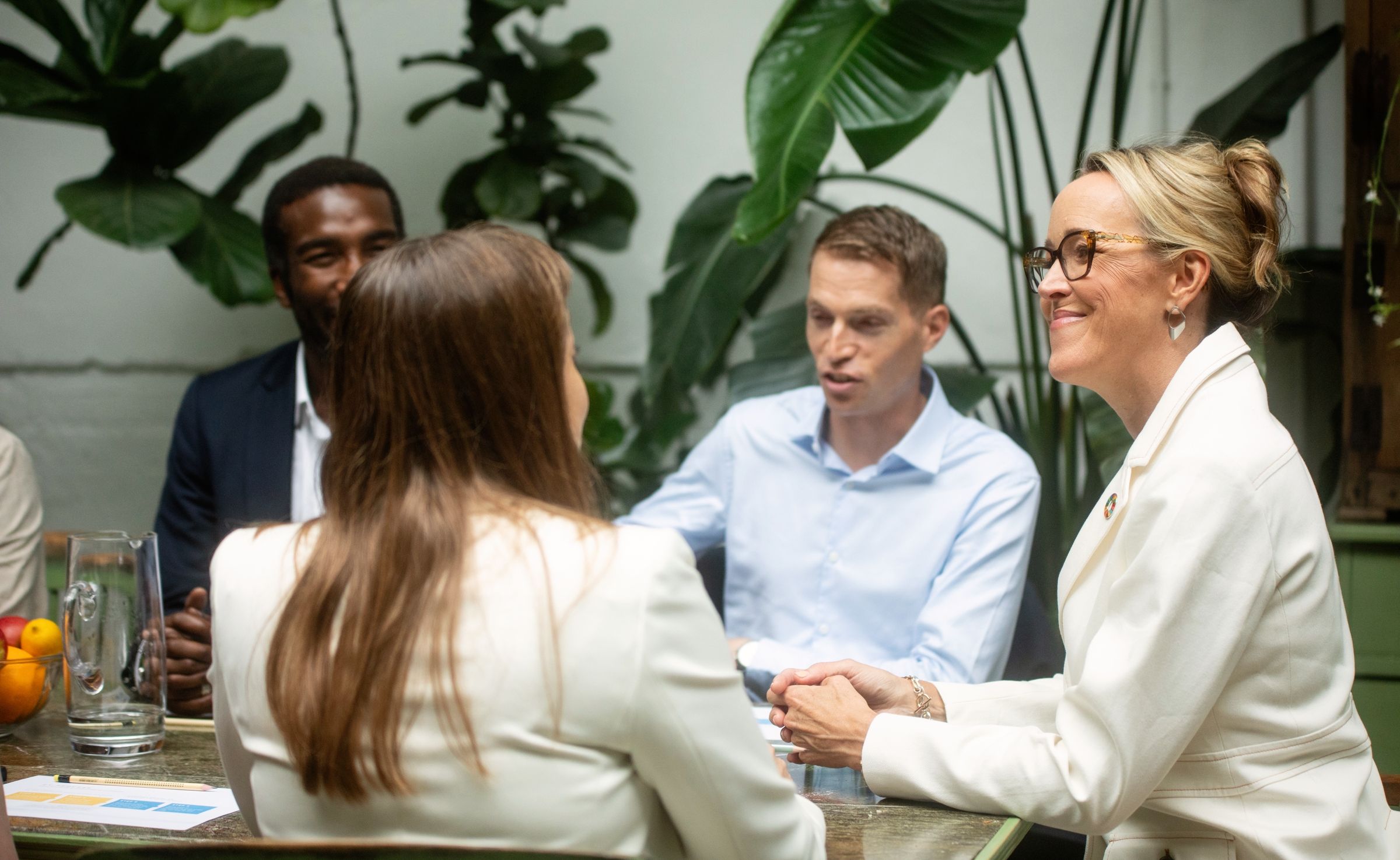Snag Top CSR Talent With a Killer Hiring Strategy
Oct 03, 2009
CSR and sustainability jobs have never been hotter. As impact-driven millennials seek out work that aligns with their values, recruiters are seeing a continued upswing in the number of applications they receive. It’s common to have over 200 applicants for any given position, and for a recruiter to have less than 15 seconds to glance over a CV. With this kind of flow rate, how can organisations optimize their HR processes to make sure great candidates don’t slip through the cracks?
One exec with a track record worth exploring is Eric Feng, formerly of Hulu, a video site that grew to become the No.2 in the world, drawing 43m users a month. His secret sauce for optimal hiring boils down to numbers, which is pretty appropriate for a CTO! Feng espouses that old maxim, “You can’t manage what you can’t measure”, and applies it to a particular style of data-driven recruitment that I think has strong benefits for the sustainability sector.
In a talk at the First Round CTO Summit, he explained how putting numbers against each of the four stages in the recruitment life cycle – sourcing, screening, interviewing and hiring – can help you ensure your talent pool is the best it can be. It’s an approximate guide, he says, but by understanding the kinds of ratios you should be expecting between each stage, you can address imbalances within the flow.
64 to 16
The first trick is to make sure you start with a wide pool of candidates. But how wide should it be? According to Feng, if you’re hiring for a single role, you should aim to source 64 applications. The number 64 comes from his ‘Rule of 4’: 1 job = 4 interviewees = 16 screened candidates = 64 applicants. What’s more, those 64 applicants should represent as equally as possible the three main recruiting channels: inbound (i.e. people who apply directly for a position), 2) outbound (i.e. people you actively search for and target), and 3) referrals (i.e. the people your current team recommend). Out of the 64 applicants you’ve sourced, around a quarter - or 16 – should emerge at the top, and make it through to your screening process.
16 to 4
Whittling the applicants down from 16 to 4, says Feng, is the part of the process where there is the most room for improvement. He recommends using an applicant tracking system to capture data across open positions, individual candidates, their engagement, and feedback about them. This information will help you monitor HR performance. As for the screening process itself, he points out that video screening has benefits over the traditional phone and email screening techniques, as it allows you to pick up on the non-verbal communications clues that can reveal what a candidate is really saying. This can support your existing internal screening process to help you identify the top 4 candidates to invite for interview.
4 to 1
75% of your interviewees will not get the job, but they do have the potential to become supporters of your brand, or even future customers. Treat them that way, says Feng. This is especially important for sustainability and CSR roles where companies can use the interview process to demonstrate the organisation’s commitment to sustainability, turning unsuccessful candidates into brand advocates. When considering which of your top four interviewees to hire though, there are some key competencies that you should be framing your questions around:
1. Bravery and resilience: This is all about the ability to lead change in an organization, and bounce back when times get tough. Questions could include ‘Tell me about a time when you were challenged to stay committed to a project’ and ‘When you feel uncomfortable in a situation what do you do? Give an example.’
2. Ability to balance global and local perspectives: This relates to the need to view sustainability at different scales within the organization and its markets. Questions could include: ‘How have you been able to deliver and measure tangible impact in a global or local context?’ and ‘What are the challenges you see in being able to balance global and local perspectives?’
3. Innovative and systems thinking: This is the big picture stuff, the fitting together of the jigsaw puzzle that brings individual sustainability initiatives together into a holistic vision for the organization, the sector and the world. Questions could include ‘How do you see the different elements of the sustainability agenda fitting together?’ and ‘How will innovation help to develop a more sustainable economy or our competitive advantage?’
4. Influencing and negotiating: This is how you work with others to achieve your objectives, your interpersonal skills. Questions could include ‘Give me an example of a time you had to convince someone to do something they didn’t want to do?’ and ‘What is your approach to negotiating with someone strong headed?’
5. Engaging others in the journey on their terms: This is all about empathy and understanding for other people’s positions, and of course communication. Questions could include: ‘Tell me about a time you had to gain buy-in from senior management and how you did it?’ and ‘How would you go about getting other departments on board for an idea for sustainability?’
Taking a data-driven approach and framing interview questions around key sectoral competencies can help you take your hiring strategy to the next level and deliver the sustainability and CSR hires that will make an impact in your organization.
This article was originally published on CSRwire.








